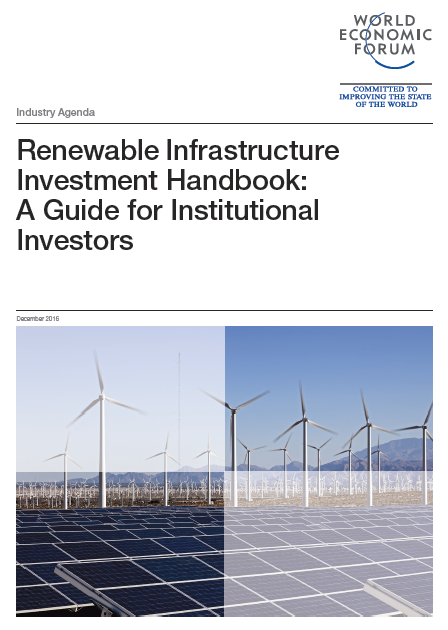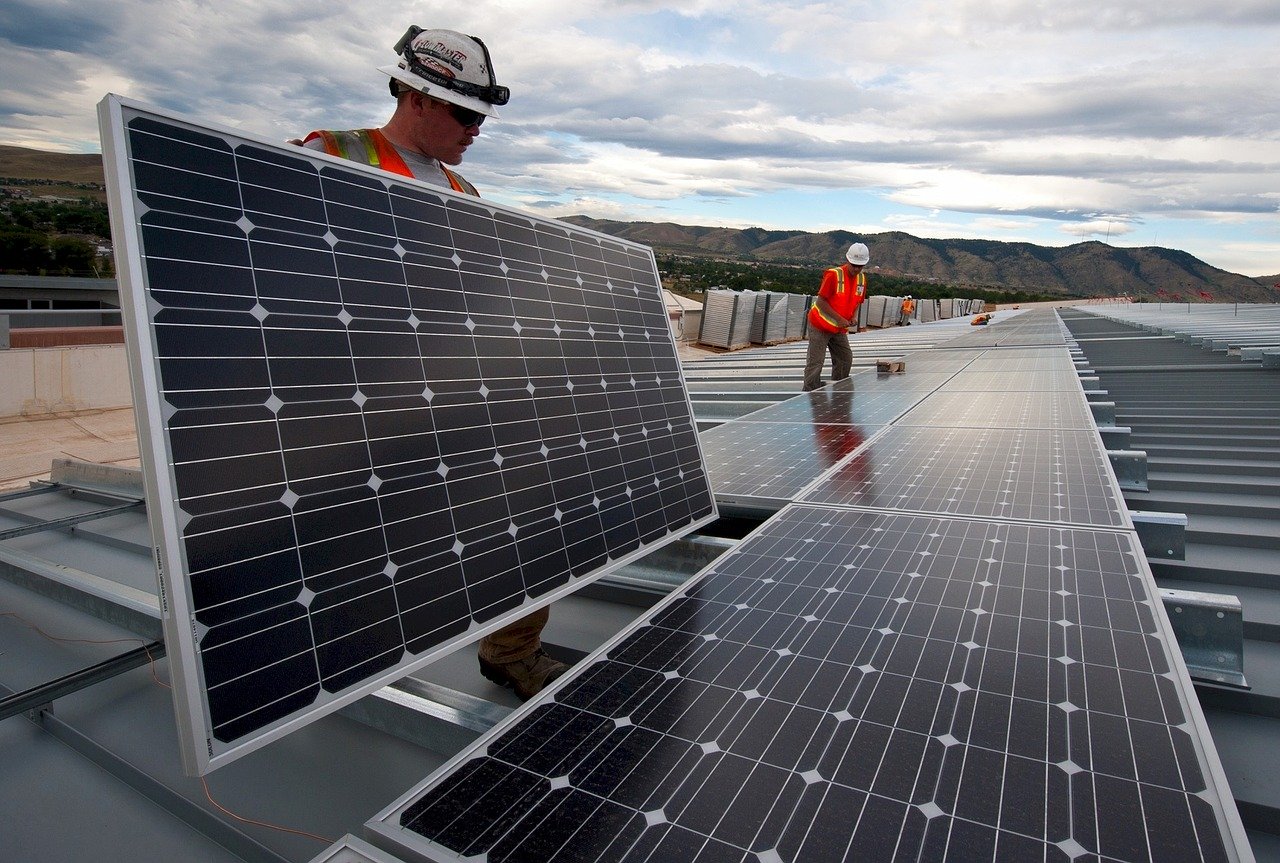36 results found

The Energy Division of the Infrastructure and Environment Sector (INE/ENE) of the Inter-American Development Bank has launched a technical cooperation project called "Smart Grid and Its Application in Sustainable Cities" .


This guidebook shares training materials and knowledge on mini-grid development for rural electrification. It documents experiences and lessons learned from developing 12 pilot mini-grid systems for off-grid energy access in Myanmar.


This handbook provides institutional investors with an overview of opportunities and risks of investing in renewable energy infrastructure.


The objective of this review is to analyze the current status on achievement of targeted benefits from distribution privatization and identify the gaps between expectations and realizations, with a key task of proposing concrete procedures and methodologies to ensure that EMRA and other government agencies involved in monitoring and enforcing quality in electricity distribution and retail have timely access to reliable information on service actually provided by the DISCOMs to their customers.

The study has found that the main impacts of hydropower development in Bhutan relate to aquatic biodiversity and are cumulative,meaning that they are not of immediate concernbut should get priority attention once the development of hydropower accelerates. This study has identified a number of gaps inthe management of E&S impacts and rankedthem according to relevance for Bhutan.

Australia's national government introduced policy to incentivize asset recycling by state-level governments, by offering up to 15% of the sale or lease proceeds of asset privatizations for re-investment in infrastructure projects
This brief outlines some of the issues surrounding permitting and licencing regimes for renewable energy projects and why they are important

In September 2015, the General Assembly adopted the 2030 Agenda for Sustainable Development which includes 17 Sustainable Development Goals (SDGs) and emphasizes on a holistic approach to achieve sustainable development for all.

The European Investment Bank adopted its Climate Strategy on 22nd September 2015, following a comprehensive review, including a formal public consultation that was launched in January 2015.

This report looks at the nature of Variable Renewable Energy (VRE) and the resulting challenges associated with the integration of VRE technologies into a power system. It provides an overview of the measures available to limit and manage these challenges. This report highlights the importance of increased flexibility when integrating high levels of VRE, and focuses on two sets of options to provide such flexibility: natural gas-fired power generation technologies and energy storage.

Mexico grew its wind energy installed capacity to c. 2000MW, generating USD 12B in investments and spillover effects on the local value chain
The Mexican government sought to increase its wind energy production and reduce its reliance on fossil fuels. The Mexican government set a goal of reducing the country's greenhouse gas emissions by 50% by 2020
Thailand's greenhouse gas emissions grew by c. 70 percent between 2000 and 2010, leading to environmental concerns
The study specifically examines whether power system size and coun¬try per capita income can be reliable indicators of initial conditions for guiding policy on power market structure.

This report outlines lessons from two river basins in India, while arguing how planning for hydropower development needs to evolve from a project-based engineering approach to a more holistic one.
This benchmarking documents provides a preliminary analysis of infrastructure performance in Lesotho in four major sectors against the relevant group of comparator countries using a new World Bank international data base with objective and perception-based indicators of infrastructure performance from over 200 countries, this document outlines the deficiences in Lesotho in infrastructure.

This paper considers three hydropower projects, these are in India, Sri Lanka and Vietnam. The paper looks into the impact of global climate change on these hydropower projects using an autoregressive model on a hydrological series, since hydropower is among the most vulnerable industries to changes in global and regional climate.






